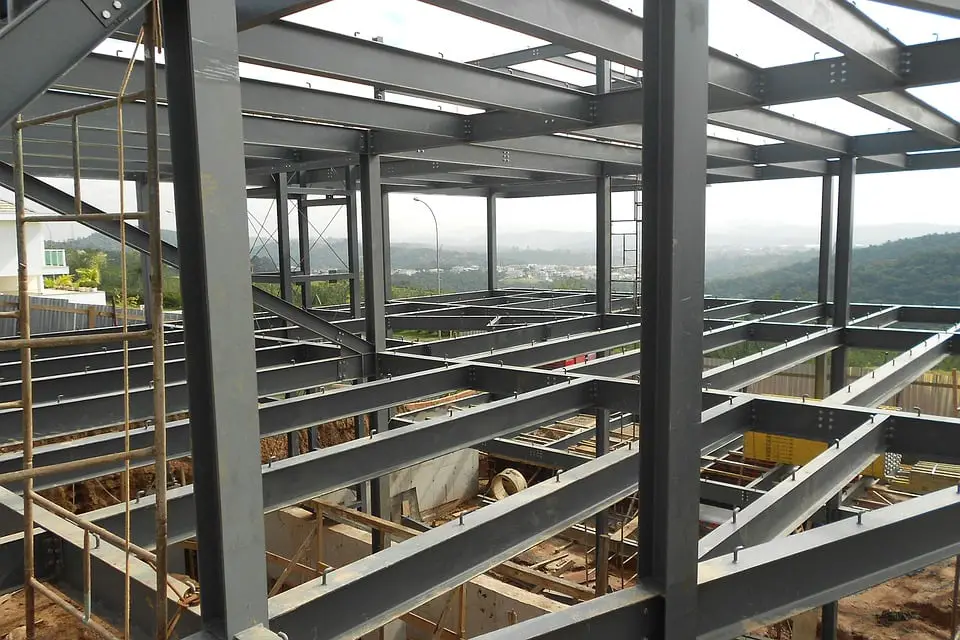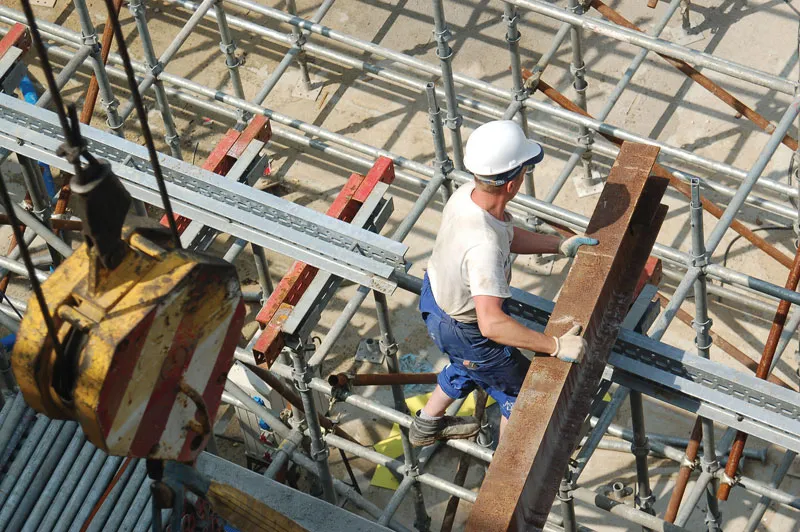You are not alone if you believe that building your ideal home from the ground up is the only option.
In a perfect world, 60% of homebuyers would choose to purchase a new home over an existing one. You can acquire the features you want and take part in the process by creating something new.
When you start to construct, fresh words start to fly quickly and furiously. When you first start hearing about tie, plinth, and lintel beams, you might start to wonder what the differences are. A beam is just a beam, right?
Actually, there are more than 20 different types of beams that can be identified depending on how you categorize them and how the building or beam design uses them.
Let’s examine these specific construction components to comprehend how they function in your own home.
Defining a Beam
Most of us could point to a beam when we entered a custom home construction site. They seem to us as the large wood pieces that wrap around the top of the framing.
However, there is a little more to what defines a beam than that. An important characteristic of a beam is:
- Horizontal
- Structural
- pauses uploads
- More than breadth and depth is length.
Any portion of the home that is above ground, including the roof, is heavy. The weight of such is transferred via beams to vertical supports like columns or walls. They make sure the structure won’t topple over from weight alone.
They had traditionally been made of wood and still are in the majority of households. But once you start constructing really large structures, you can find them made of steel or even concrete.

What Is a Tie Beam?
If a building’s columns were left unsupported, they would begin to sag as it got taller. The tie beam serves that purpose. It refers to any main beam that joins or unites two columns together anyplace above the floor level to prevent them from buckling.
The load is not carried by the tie beam, as it might be by other beams. Its sole purpose is to strengthen the columns as they grow taller. It effectively breaks the columns’ length, making them behave more like two small columns than one tall one.
When a column is taller than 12 to 15 feet, tie beams are typically needed, but there is some flexibility for design reasons. In most cases, they are not required at heights under 12 feet.
For a floor, primary and secondary beams support the weight. A tie beam is different because it transfers the weight from the walls rather than the floor.
By increasing rigidity, tie beams aid in strengthening and stabilizing the entire house’s structure. By distributing force among them, they assist in preventing the columns from settling or moving vertically. Additionally, the frame they construct lessens horizontal deflection.
Steel reinforcements are required for these beams. A tie beam may also be referred to as a grade beam, ground beam, or plinth beam, all of which refer to the tie beam’s placement rather than its actual kind.
What Is a Lintel Beam?
Lintel beams have a very specific function in that they provide support for wall openings like doors and windows. The opening indicates that nothing is there to support anything above it. The weight of the wall above the entrance is transferred to the columns along its sides by a lintel. In comparison to most other beams, it is narrow.
A variety of materials, including concrete, steel, brick, stone, or wood, can be used to create lintels. Both aesthetic and load-bearing options are available. The earliest kind of lintels are made of wood, but they are more expensive, less resilient, and prone to fire.
Today’s lintels are typically made of reinforced concrete since it is durable, sturdy, and simple to construct. They can be prefabricated or built on-site to speed up construction. Concrete is a feasible and cost-effective building material option given the present prices of some building components.
Where there is a heavy load, such as numerous stories or wide opening gaps, steel lintels are used. They can offer tremendous strength without needing a lot of depth.
A lintel beam assists a building in managing seismic effects as one of its functions. The lintel, which supports the weight of the wall above the window or door, prevents the aperture from collapsing during an earthquake.
Why We Use Tie Beam
Lintel beams in Southwest Florida are up to building code requirements since they can withstand winds of up to 168 mph. The only precast beam that complies with the specification is an 8 inch wide by 8 inch tall beam that has a single steel bar running through it.
We decided to utilize tie beams that go all the way around the home instead because we want to create you the strongest house possible. With four rebars in each and a downbar attached to them that links into the floor, our tie beams are solidly poured on site. We employ 16-inch-tall beams that extend up to 24 inches above entrances.
This results in a significantly more sturdy building that meets or exceeds building codes and can withstand more wind.
Understanding Tie Beams and Lintel Beam
There are many distinct components that go into building a house, including several beams that act as the structure’s skeleton. A lintel enables all those windows to let in the lovely Florida sunshine, while a tie beam enables those vaulted ceilings and second levels. However, since we live in a hurricane zone, we decided to employ larger, reinforced tie beams to handle both tasks for a more durable structure.
To know the pricelist of grout, Tile Grout Guaranteed Best Construction Material Philippines’ Prices
To know other construction guides, tips, and methodology for beginners, veterans, and contractors, please see here.
To know the flood prone areas in the Philippines, Top 10 Flood-Prone Areas to Live in the Philippines.
To know more about Concrete Hollow Blocks, Simple Reasons Why Hollow Blocks are Highly Used in the Philippines
To know more about Hammers and Nails, Tips for Guaranteed Best Technique for Hammering Nails
To know more about Tees and Wyes, What is the Guaranteed Best to Use: Sanitary Tee Vs Wye

